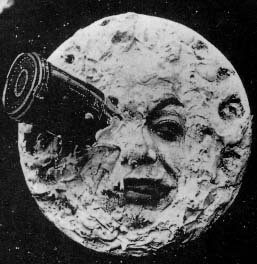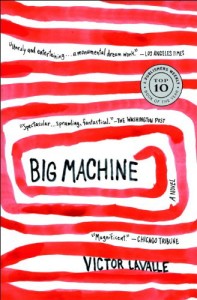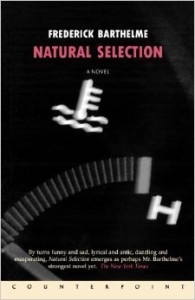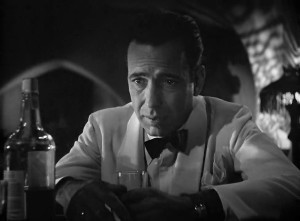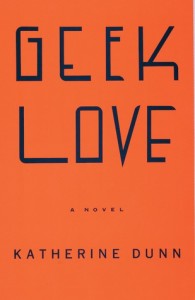In setting up my new novel, a sequel to the android novel I just finished, I listed my cast of characters, and wrote a few sentences under each name to describe what that person is like.
But who are these people? What are their personalities? I don’t know where to get those answers.
Standard character tropes can be had from television, movies, and novels, but they’re often flat and cartoony, not believable, usually clichés, and of course, they’ve all been done.
As many writers do, I fill out a character worksheet on each player, which covers everything from size, shape, colors and age, to habits, education and spiritual beliefs. That’s all helpful but none of that information has ever led me to the character’s core personality. What would?
I’ve tried using the Myers-Briggs dichotomies, changing them into continuous scales rather than poles:
Myers-Briggs Traits:
- E to I: Extraverted to Introverted (whether a person thrives more on human engagement or privacy);
- S to N: Sensing to Intuition (focus on the information given or jump right to contextual patterns and impressions);
- F to T: Feeling to Thinking (decisions based more on feelings or facts);
- J to P: Judging to Perceiving (lifestyle more structured and fixed by values or flexible and adaptable to circumstances).
I’ve tried using the Big Five personality traits, which at least have the advantage of being empirically derived:
Big Five types (not showing their implied opposites):
- Extraversion: excitability, sociability, talkativeness, assertiveness and emotional expressiveness.
- Agreeableness: trust, altruism, kindness, affection, prosocial behavior and attitudes.
- Conscientiousness: thoughtfulness, good impulse control, goal-directed behavior, organized and mindful of details.
- Neuroticism: emotional instability, anxiety, moodiness, irritability, and sadness.
- Openness: imagination and insight, broad range of interests, curiosity, IQ.
And I’ve tried using Maslow’s well-known hierarchy of motivation:
Maslow Types, driven by abundance or lack of:
- Physical sustenance;
- Safety (physical, financial, social);
- Love (belonging, intimacy, family, friends);
- Esteem
- of others: status, recognition, attention;
- of self: confidence, freedom, mastery, strength;
- Self-actualization (morality, aesthetic, creative, empathic, transcendent).
These templates are all helpful for thinking about character but they’re choices on a menu. None brings me to what I want: a coherent visualization of the character. In struggling with this problem for the umpteenth time, I think I’ve invented something that works for me.
Being-With Others:
In this schema, core personality comes down to how you feel in the context of others. A person’s being-with style arises from three factors:
- Bio capacity (empathy, physical embodiment, brain function)
- Prenatal, infant and early childhood attachment/synchrony
- Early to middle childhood achievement and SES.
From these three factors you learn at a sub-articulate level how to be with others. The result is “instinctive.” You spontaneously feel the feelings and act the actions without understanding. It’s your unchanging atomic structure That’s the core personality I want to get at for my characters. Everyone goes on to develop a conscious public persona on top of the core. That difference is what makes characters interesting.
The factors:
The bio factor is mainly about brain development. Brains develop at different rates. Some characters are intellectually and socially sophisticated at an early age because of early brain maturation, while others are late bloomers for the opposite reason. The results show in intellect, language, and social performance throughout life.
An unusual aspect of embodiment (short stature, well-coordinated, bad eyes, fast hands) can have a profound influence on the development of the core personality, depending on how the socialization around that goes. Everybody has one or two extremes of embodiment, whether they show or not.
The second main factor is early childhood socialization, focusing on two aspects: Attachment (John Bowlby) and synchrony (Daniel Stern). You can look those up.
Infants and children who make a strong attachment with their primary caregiver will forever be attracted to others as a positive source of solace, help, and satisfaction. Those who do not make a good attachment (e.g., because of abandonment, abuse, distant or incompetent parenting) will have a socially avoidant personality (shy, fearful, or overcompensating aggression).
Synchrony arises from early interaction between an infant and the primary caregiver (e.g “baby talk”) and has a lifelong effect on the person’s language development, social understanding, and relationship to others.
The last main factor is secondary socialization (e.g., by schools, churches, mass media, friends, etc.) which leads to (or misses) socially desirable achievements in skilled performance, economics, and social status.
By age 18 or so, you’re “cooked.” Your core personality is formed, unchangeable, but not necessarily understood. All the other personality schemas (Myers-Briggs, Maslow, etc.,) can be derived from these three simple factors.
I recognize that you must have some sense of the character syndromes that these three factors produce. For me, this analysis gets me quickly to the heart of my characters.
Examples:
Female X: Her public persona is openness to new experience and people. She’s fearless. She’ll say anything to anyone. That’s partly her early attachment and brain function, but also it “proves” to herself and the world that she’s not hiding anything. The conflict is that she is hiding her felt difference as an immigrant member of two worlds, her non-idealized looks, and her weak early attachment. She has always felt like an outsider, misunderstood. As a result, she “shows” openness and vulnerability, though much of it is manufactured to cover her desperate fear of social rejection.
Man X: His demeanor is “affable,” always a smile, a backslap, everybody is good, no enemies. He’s well-liked and well-known. Inside though, he’s angry, vindictive, aggressive, paranoid, and misogynous.
His brain is slow and dull. He imagines that he merely lacks book-learning, which he disdains anyway, but is full of street smarts and social skills. Which is true. Early attachment was negative, possibly abusive. His achievements are financial. Has money but only tawdry class.
His main conflict is that he’s dim-witted and always worries about being outwitted or made to look foolish. Basically he has very low self-esteem but papers that over with the opposite.
From these core images, I can develop a well-rounded character. I hope other writers can make some use of the information in this post. Feel free to comment on how you approach the problem of creating characters.


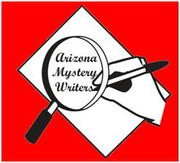
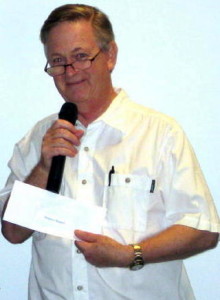 After the lunch break, we’ll hear from AMW member and mystery writer Elizabeth Gunn (
After the lunch break, we’ll hear from AMW member and mystery writer Elizabeth Gunn (

